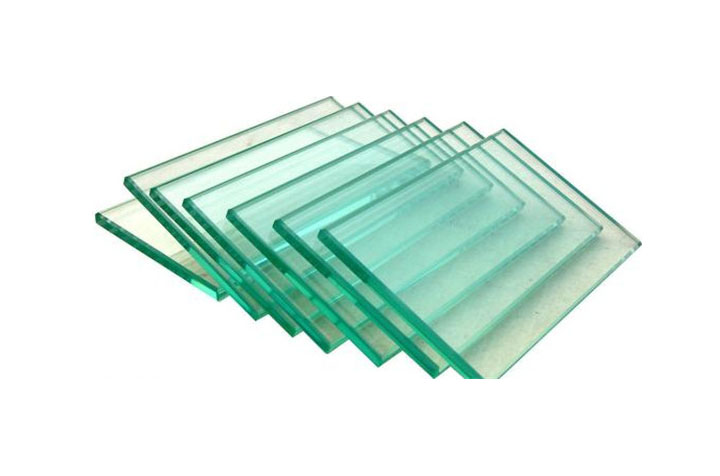Exploring Different Types of Obscure Glass
Obscure glass, commonly used in architectural and interior design, serves to provide privacy while allowing natural light to permeate spaces. This unique material comes in various types, each achieving different aesthetic and functional outcomes. In this article, we will explore several popular types of obscure glass, their characteristics, and their applications.
1. Frosted Glass
Frosted glass is perhaps the most widely recognized type of obscure glass. It is created by sandblasting or etching a clear glass surface to create a translucent finish. This alteration disperses light and obscures visibility, making it an ideal choice for bathroom windows, shower enclosures, and office partitions. Frosted glass not only provides privacy but also adds a touch of elegance to any space.
2. Textured Glass
Textured glass features patterns or designs that create a three-dimensional surface on one or both sides. There are numerous pattern options, ranging from rippled textures to geometric shapes. This type of glass is often used in doors, windows, and decorative partitions. The textured surface effectively distorts images and reduces clarity while still allowing light to pass through, contributing to both privacy and artistic flair.
3. Obscured Glass
different types of obscure glass
Obscured glass, sometimes referred to as obscuring glass, is intentionally manufactured to provide a high level of privacy. This glass can be produced with various thicknesses and levels of opacity, and it can be used in a variety of settings. It is frequently employed in offices, hospitals, and public buildings where privacy is paramount while maintaining ambient light. Its smooth surface and opaque qualities make it a versatile choice for many applications.
4. Acid-Etched Glass
Acid-etched glass undergoes a chemical process that creates a permanently frosted appearance. This type of glass provides a consistently uniform finish and is highly durable. Acid-etched glass is often used in commercial spaces, such as in conference rooms or as decorative elements in storefronts. Its ability to diffuse light while maintaining privacy makes it an attractive option for modern design.
5. Laminated Glass
Laminated glass typically consists of two or more layers of glass with an interlayer, often made of polyvinyl butyral (PVB), that provides added security and sound insulation. While not exclusively obscure, laminated glass can be produced with obscured or frosted surfaces. This type of glass is ideal for places requiring sound reduction and safety, such as schools, hospitals, and high-traffic commercial spaces.
Conclusion
Obscure glass is a versatile material that blends aesthetics with functionality, making it a popular choice in various environments. From frosted and textured to acid-etched and laminated options, each type of obscure glass serves a unique purpose while enhancing design aesthetics. Whether used for privacy, security, or simply to make a design statement, obscure glass offers an array of choices to suit the needs of any project. Embracing obscure glass can transform spaces, allowing for both light and privacy to coexist harmoniously.
 Afrikaans
Afrikaans  Albanian
Albanian  Amharic
Amharic  Arabic
Arabic  Armenian
Armenian  Azerbaijani
Azerbaijani  Basque
Basque  Belarusian
Belarusian  Bengali
Bengali  Bosnian
Bosnian  Bulgarian
Bulgarian  Catalan
Catalan  Cebuano
Cebuano  Corsican
Corsican  Croatian
Croatian  Czech
Czech  Danish
Danish  Dutch
Dutch  English
English  Esperanto
Esperanto  Estonian
Estonian  Finnish
Finnish  French
French  Frisian
Frisian  Galician
Galician  Georgian
Georgian  German
German  Greek
Greek  Gujarati
Gujarati  Haitian Creole
Haitian Creole  hausa
hausa  hawaiian
hawaiian  Hebrew
Hebrew  Hindi
Hindi  Miao
Miao  Hungarian
Hungarian  Icelandic
Icelandic  igbo
igbo  Indonesian
Indonesian  irish
irish  Italian
Italian  Japanese
Japanese  Javanese
Javanese  Kannada
Kannada  kazakh
kazakh  Khmer
Khmer  Rwandese
Rwandese  Korean
Korean  Kurdish
Kurdish  Kyrgyz
Kyrgyz  Lao
Lao  Latin
Latin  Latvian
Latvian  Lithuanian
Lithuanian  Luxembourgish
Luxembourgish  Macedonian
Macedonian  Malgashi
Malgashi  Malay
Malay  Malayalam
Malayalam  Maltese
Maltese  Maori
Maori  Marathi
Marathi  Mongolian
Mongolian  Myanmar
Myanmar  Nepali
Nepali  Norwegian
Norwegian  Norwegian
Norwegian  Occitan
Occitan  Pashto
Pashto  Persian
Persian  Polish
Polish  Portuguese
Portuguese  Punjabi
Punjabi  Romanian
Romanian  Russian
Russian  Samoan
Samoan  Scottish Gaelic
Scottish Gaelic  Serbian
Serbian  Sesotho
Sesotho  Shona
Shona  Sindhi
Sindhi  Sinhala
Sinhala  Slovak
Slovak  Slovenian
Slovenian  Somali
Somali  Spanish
Spanish  Sundanese
Sundanese  Swahili
Swahili  Swedish
Swedish  Tagalog
Tagalog  Tajik
Tajik  Tamil
Tamil  Tatar
Tatar  Telugu
Telugu  Thai
Thai  Turkish
Turkish  Turkmen
Turkmen  Ukrainian
Ukrainian  Urdu
Urdu  Uighur
Uighur  Uzbek
Uzbek  Vietnamese
Vietnamese  Welsh
Welsh  Bantu
Bantu  Yiddish
Yiddish  Yoruba
Yoruba  Zulu
Zulu 

